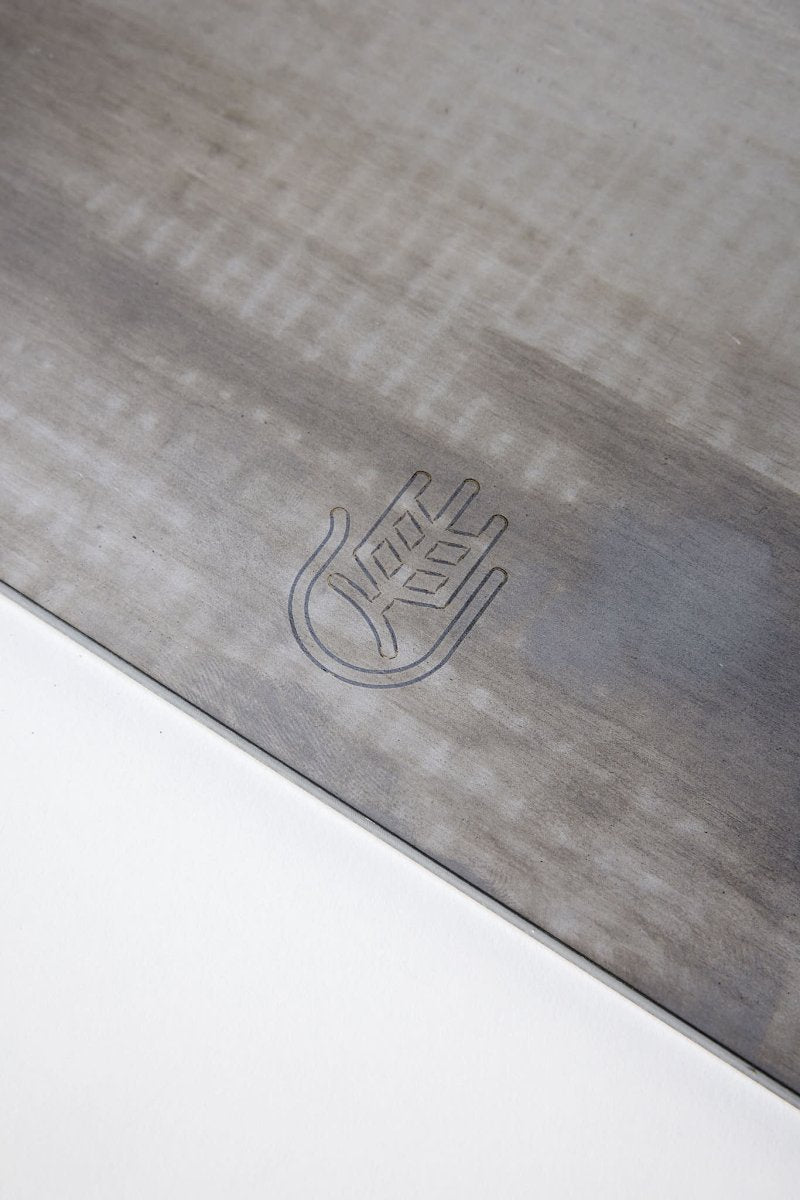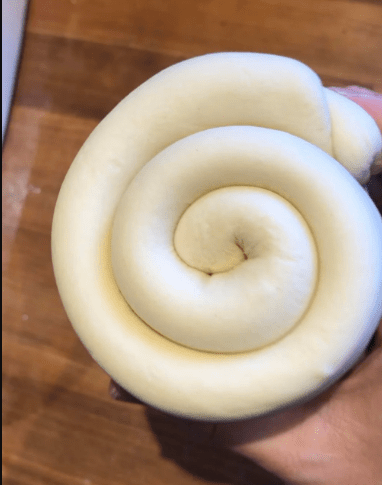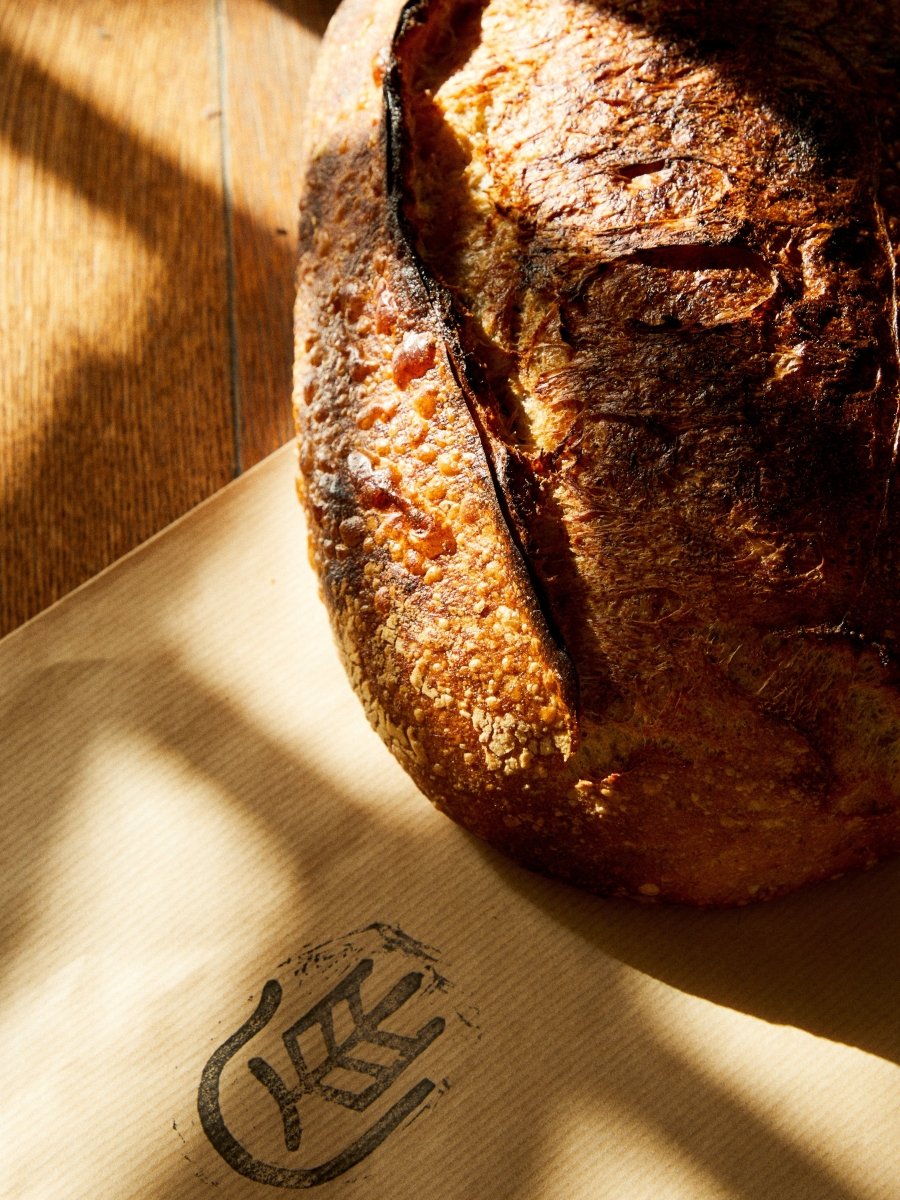Ever pulled a loaf from the oven and found the crust way darker than you wanted—or even a bit burnt? Don’t worry, it happens to all bakers (myself included). Let’s figure out why it happens and, best of all, how you can get the golden, crispy crust you’re after!
Why Does my Sourdough Bread Get Too Dark?
Oven too hot: The most common reason! Every oven is a little different, and some run hotter than you think.
Too much sugar in the dough: If you’ve added honey, sugar, or lots of malt, the crust will brown faster.
Long, uncovered baking: Removing the lid or steam tray too early can lead to over-browning.
Top rack baking: Bread near the oven’s top element gets dark quickly.
Thin or no steam: Steam helps slow crust formation and gives a lighter color.
Peter’s Solutions for Lighter, Tastier Crust
1. Lower Your Baking Temperature
- If your recipe says 230°C (450°F), but the loaf comes out too dark, lower to 210°C (410°F).
- Every oven is unique—take notes and adjust each bake.
2. Shorten the Uncovered Baking Time
- Keep your loaf covered (with a Dutch oven lid or a roasting pan) for longer.
- For the last 10–15 minutes, remove the lid just to let the crust crisp up and color.
3. Move Your Loaf Down a Rack
- Bake on the middle or lower rack. The top rack is hotter and will brown bread quickly.
4. Check Your Ingredients
- For first bakes, avoid extra sugar or sweeteners—learn how your oven browns a basic loaf first.
- If you’re using lots of whole wheat or rye, these can brown faster too.
5. Try a Lighter Pre-Bake Dusting
- If you love a paler, rustic look, dust your loaf with flour just before baking.
- The flour acts as a little shield, keeping crusts lighter.
Extra Peter Tips
- Use an oven thermometer: Many home ovens aren’t accurate. A small oven thermometer tells the truth!
- If your crust is hard but pale: Try baking uncovered for the last 5 minutes to get more color.
- Love the dark crust? That’s fine too—some bakers love a deep, bold crust. Just make sure it isn’t actually burnt or bitter.
Final Thoughts
Every oven, dough, and loaf is a little different. The golden rule: keep things simple and adjust as you go. And remember, even if your crust is dark, the bread inside is probably still perfect for toast or sandwiches—don’t toss it!
Got your own crust tips or questions? Tag me on Instagram (@simpelsurdej) or comment on YouTube. Let’s keep bread-baking fun and low-stress.
Happy baking,
Peter




In sozialen Netzwerken teilen:
Why Is My Dough Sticking to the Banneton / Proofing basket
How to.. Sourdough Starter Feeding Schedule: Simple Guide for Beginners